If you are considering owning a rabbit and are interested in learning about the various sizes of rabbit breeds, then you have come to the right place. Rabbit breed sizes can vary greatly, from the dwarf breeds which weigh less than two pounds, to large breeds like the Flemish Giant, which can weigh up to 22 pounds. In this article, we will explore the different sizes of rabbit breeds, what they require in terms of housing and care, as well as their unique personalities. So, read on to discover all you need to know about rabbit breed sizes!
Different Sizes of Rabbit Breeds
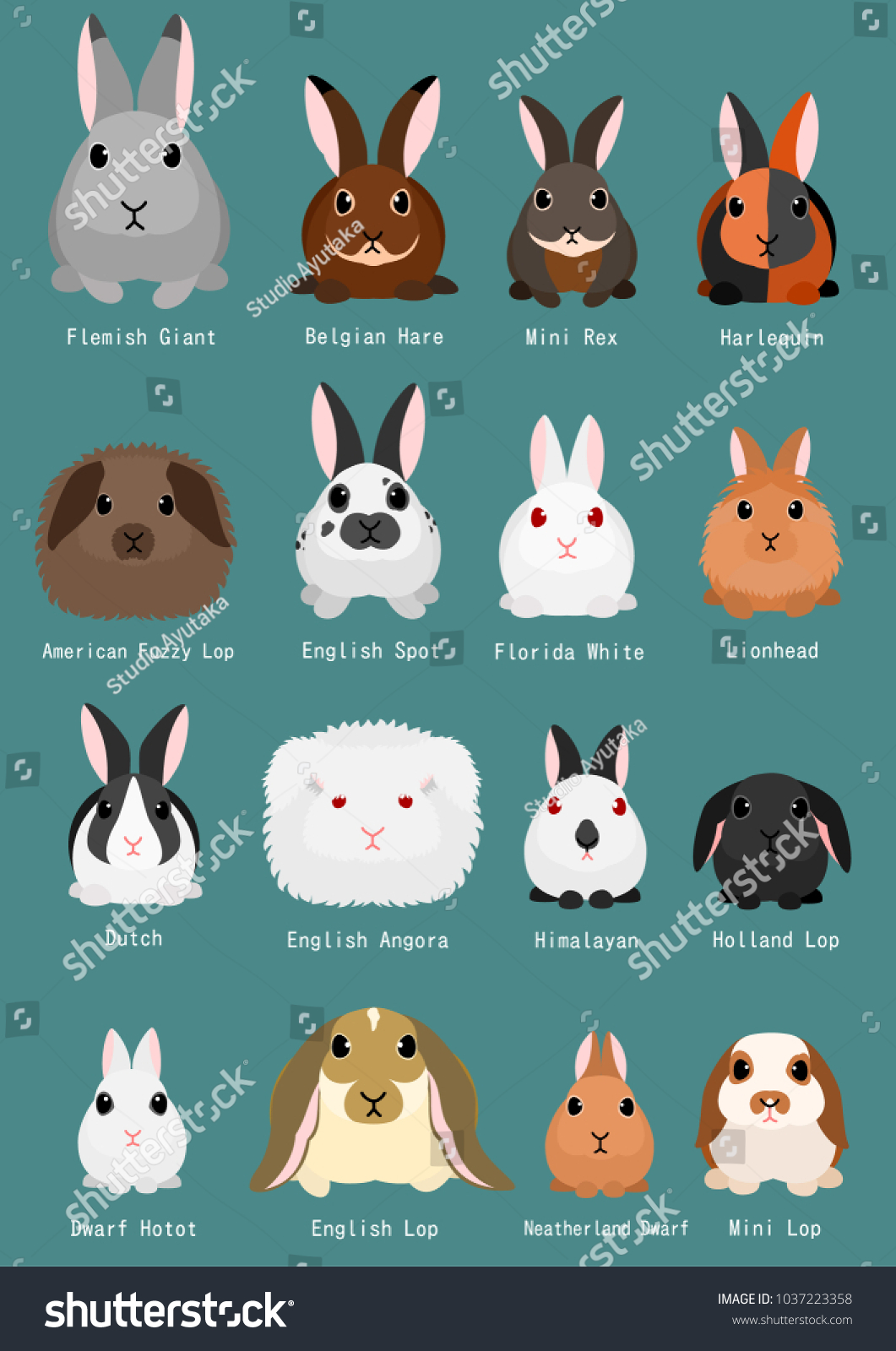
Dwarf Breeds
Dwarf breeds are the smallest of all and usually weigh between 1-3 pounds when fully grown. These breeds include the Netherland Dwarf and the Polish rabbit, among others. Dwarf breeds are ideal for those with limited space, such as apartment dwellers.
Medium Breeds
Medium breeds typically range in size from 4-7 pounds when fully grown. Popular medium breeds include the American Fuzzy Lop, the Jersey Wooly, and the Mini lop. These breeds are a great size for those with limited space but enough to give their bunny plenty of exercise and playtime.
Large Breeds
Large breeds can range in size from 8-12 pounds when fully grown. These breeds include the Giant Chinchilla, the Flemish Giant, and the American Sable. These breeds are best for those with larger living spaces and plenty of time to dedicate to their bunny’s care.
To help determine the right size of rabbit breed for your living space, a rabbit breed size chart can be a great resource. This chart can help you compare the size of each breed and decide which one is best for you.
Size Chart
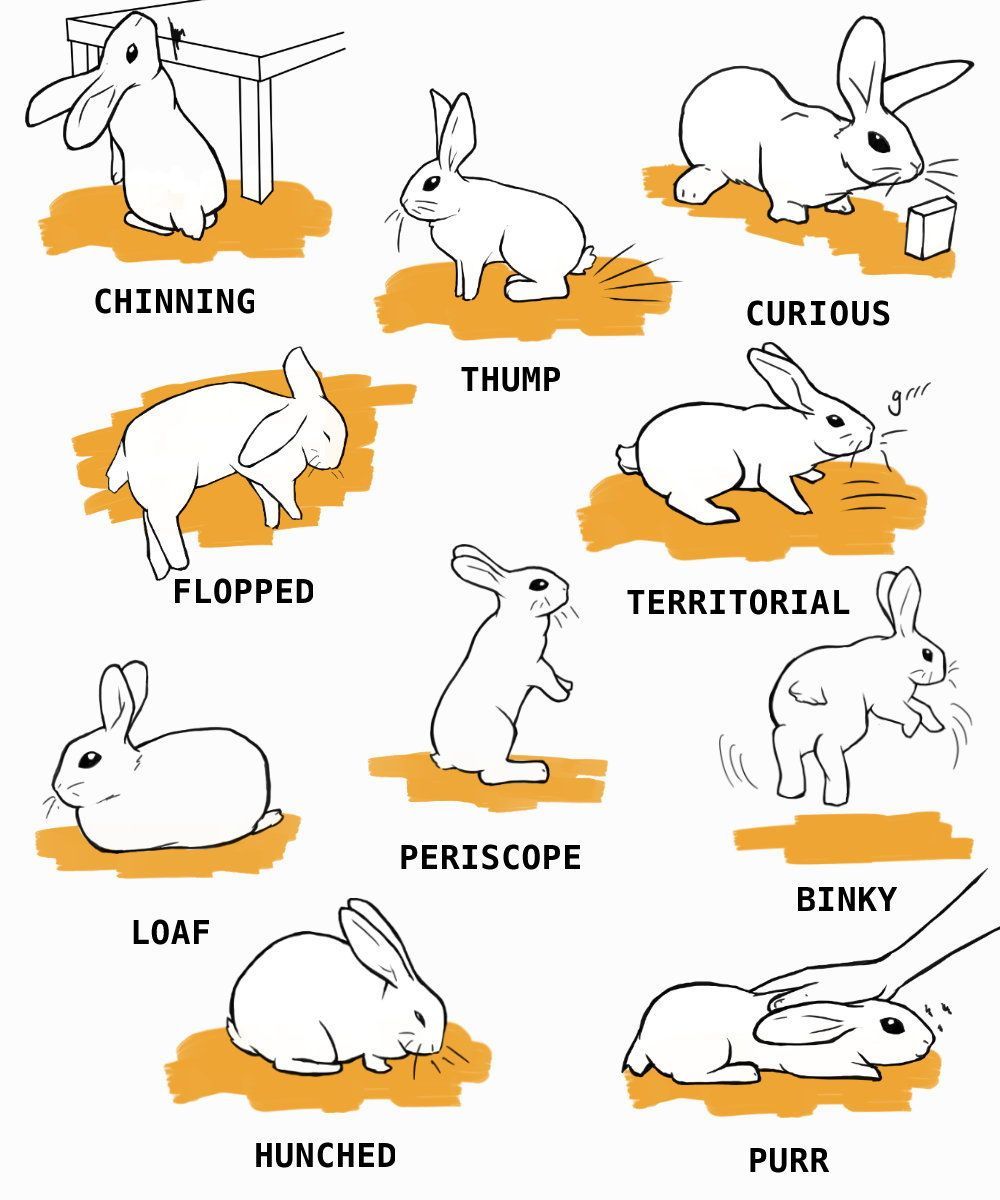
- Small Breeds: These breeds range in size from 1 pound to 5 pounds and measure an average of 8-10 inches in length.
- Medium Breeds: These breeds range in size from 6 pounds to 10 pounds and measure an average of 12-14 inches in length.
- Large Breeds: These breeds range in size from 11 pounds to 16 pounds and measure an average of 16-18 inches in length.
- Giant Breeds: These breeds range in size from 17 pounds and up and measure an average of 18-20 inches in length.
Rabbits come in a variety of sizes and shapes. Knowing the average size of a rabbit breed can help you determine the best size of rabbit for your home. The size chart below provides an overview of the average size range of each breed of rabbit.
Small breeds, such as Netherland Dwarfs and Mini Lops, are the smallest of the rabbit breeds and typically weigh between 1 to 5 pounds. They typically measure 8 to 10 inches in length. Medium breeds, such as Holland Lops and Lionheads, are a bit larger than the small breeds and typically range between 6 to 10 pounds. These breeds measure 12 to 14 inches in length.
Large breeds, such as Flemish Giants and New Zealand Whites, are larger than the medium breeds and typically weigh between 11 to 16 pounds. These breeds measure 16 to 18 inches in length. Giant breeds, such as French Lops and Checkered Giants, are the largest of the rabbit breeds and typically weigh 17 pounds and up. These breeds measure 18 to 20 inches in length.
Knowing the average size of a rabbit breed can help you determine the best size of rabbit for your home. Understanding the size chart of each breed can help you make an informed decision when selecting your new pet rabbit.
Breeds by Size
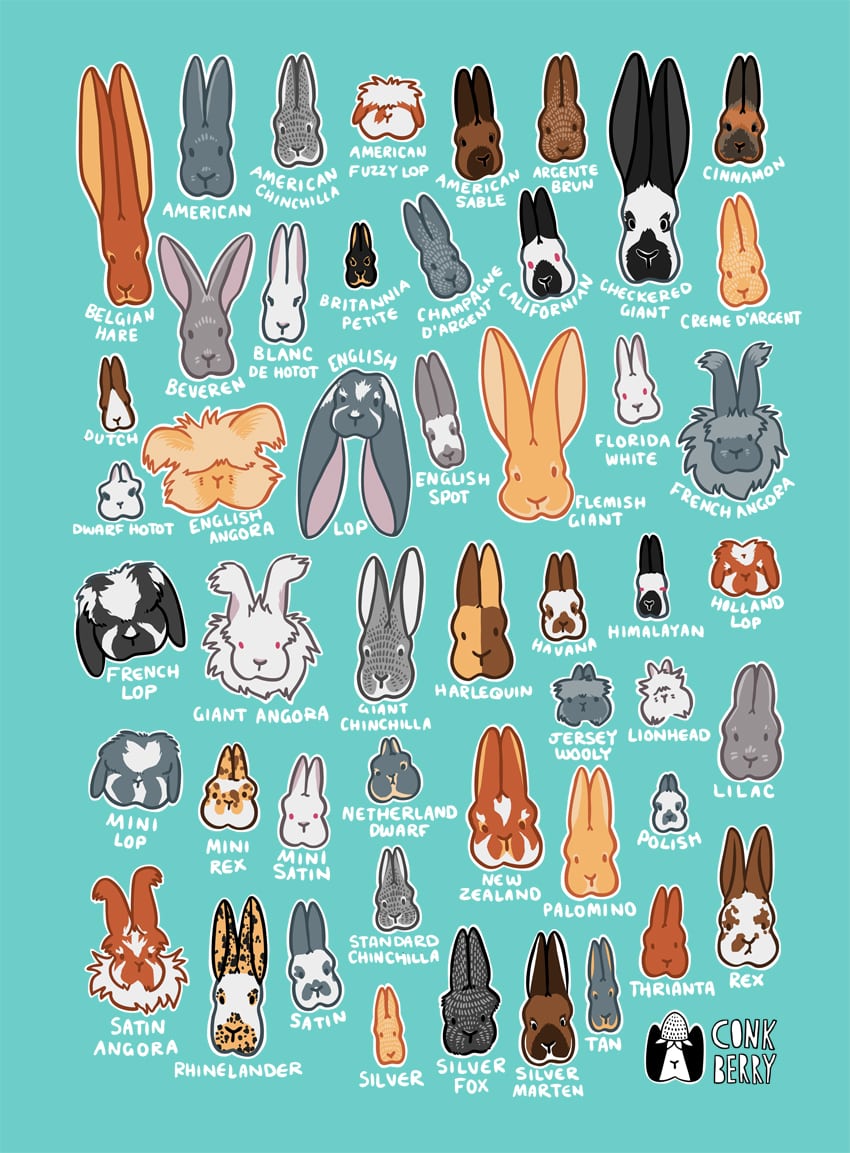
Dwarf Breeds
Holland Lop: This breed is one of the smallest of the lop breeds. It has rounded ears that hang down along the side of the head. The average weight for the Holland Lop is between 3-4 lbs.
Lionhead: The Lionhead breed is a small breed with a wool mane around their head, similar to a lion. They have short, compact bodies with long ears that hang down. Lionheads can weigh anywhere from 2-4 lbs.
Medium Breeds
American Fuzzy Lop: This breed is a medium-sized lop with a dense coat of fur. The average weight for an American Fuzzy Lop is between 4-6 lbs.
Mini Rex: The Mini Rex is a small breed with a velvety fur coat. This breed has a compact body and can weigh between 4-6 lbs.
Large Breeds
Flemish Giant: The Flemish Giant is one of the largest breeds of rabbits. It has a long body and large ears. The average weight for a Flemish Giant is between 9-15 lbs.
English Lop: The English Lop is one of the largest breeds of rabbits. It has a long body and large ears that hang down along the sides of the head. The average weight for an English Lop is between 10-15 lbs.
Characteristics of Various Rabbit Breeds
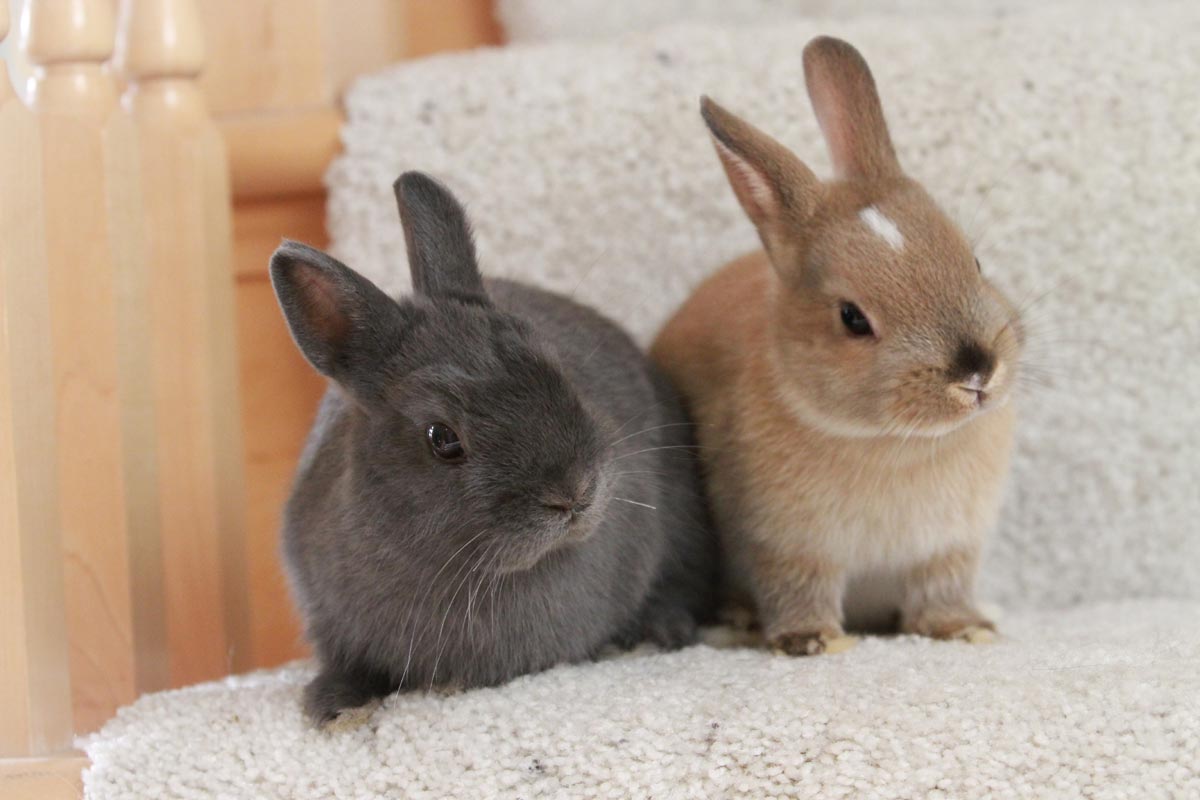
- Mini Rex: Mini Rex rabbits are small and have velvety fur. They weigh around 3 lb (1.36 kg) and have a lifespan of 5-8 years.
- Holland Lop: Holland Lop rabbits have a compact body and weigh around 3.5 lb (1.6 kg). They have a lifespan of 7-10 years.
- Flemish Giant: Flemish Giant rabbits are the largest breed of rabbits and weigh about 20 lb (9.07 kg). They have a lifespan of 8-12 years.
- Lionhead: Lionhead rabbits are small in size and weigh around 3 lb (1.36 kg). They have a lifespan of 5-8 years.
- Netherland Dwarf: Netherland Dwarf rabbits are the smallest breed of rabbits and weigh around 1.5 lb (0.68 kg). They have a lifespan of 5-8 years.
- Champagne d’Argent: Champagne d’Argent rabbits have a medium size and weigh around 6 lb (2.72 kg). They have a lifespan of 7-10 years.
Rabbit breeds come in all shapes and sizes, ranging from the small Netherland Dwarf to the large Flemish Giant. Mini Rex rabbits have a velvety fur and weigh around 3 lb (1.36 kg). Holland Lop rabbits have a compact body and weigh around 3.5 lb (1.6 kg). Flemish Giant rabbits are the largest breed of rabbits and weigh about 20 lb (9.07 kg). Lionhead rabbits are small in size and weigh around 3 lb (1.36 kg). Netherland Dwarf rabbits are the smallest breed of rabbits and weigh around 1.5 lb (0.68 kg). Champagne d’Argent rabbits have a medium size and weigh around 6 lb (2.72 kg).
Care and Grooming for Different Rabbit Breeds
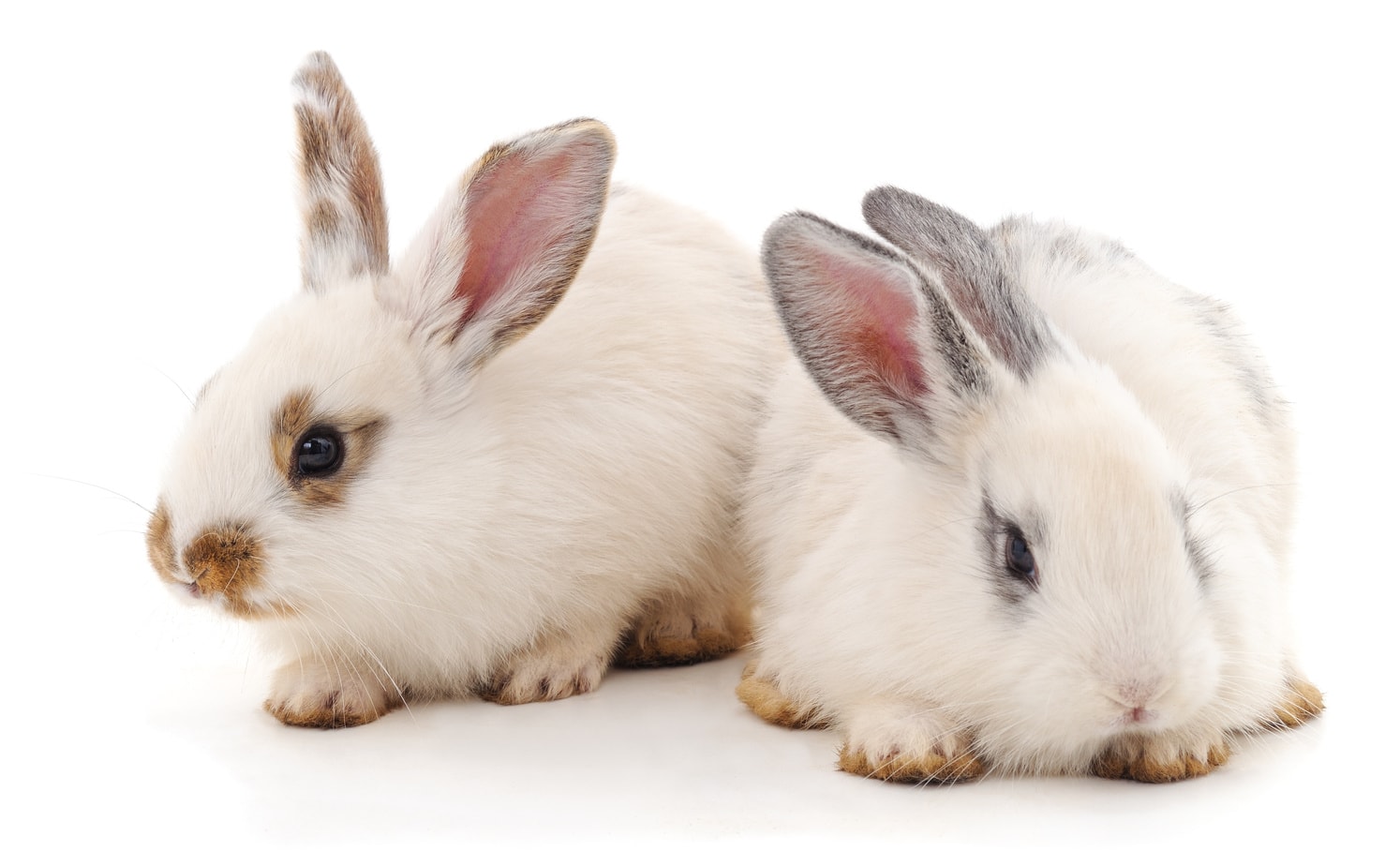
| Rabbit Breed | Care and Grooming |
|---|---|
| Lionhead | Regular brushing, combing, and trimming of the mane is recommended. Trimming around the eyes and facial area should also be done. |
| Holland Lop | Regular brushing and combing of the fur is recommended. Trimming of the nails should be done every few weeks. |
| Mini Lop | Regular brushing and combing of the fur is recommended. Trimming of the nails should be done every few weeks. |
| Dutch | Regular brushing and combing of the fur is recommended. Trimming of the nails should be done every few weeks. |
| Flemish Giant | Regular brushing and combing of the fur is recommended. Trimming of the nails should be done every few weeks. |
All breeds should have their beds and cages cleaned regularly. Rabbits should also get regular check-ups from a veterinarian to ensure they are healthy.
Feeding for Different Rabbit Breeds
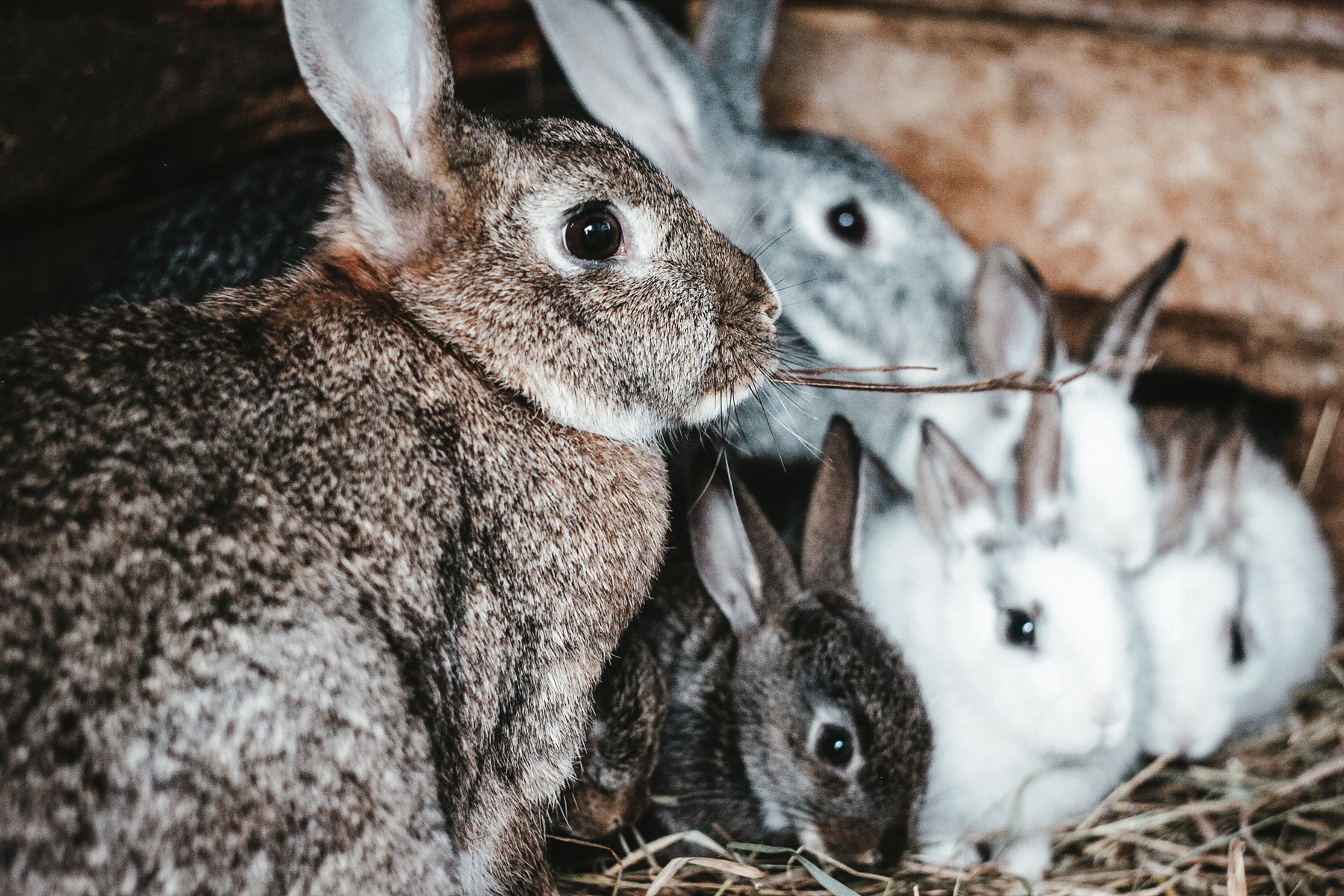
Rabbits have different dietary needs depending on their breed and size. Large breeds such as the Flemish Giant, can consume more than a pound of hay and vegetables each day while smaller breeds such as the Netherland Dwarf, only needs around a quarter of a pound of hay and vegetables.
Hay should be the primary component of a rabbit’s diet. It should be readily available to them at all times, as it helps with their digestion and supports their dental health. The type of hay being offered should be of good quality and depend on the breed. For example, a Flemish Giant should have Timothy, Orchard, or Oat Hay, while a Netherland Dwarf should be offered a smaller, softer hay such as alfalfa or clover hay.
Vegetables should be offered in small quantities, once a day. Vegetables suitable for rabbits include kale, spinach, celery, and carrots. These vegetables should be washed, cut into small pieces, and served fresh.
Treats should be given sparingly and should not exceed 10% of the rabbit’s total diet. Treats can include fruits such as strawberries, blueberries, and apples.
Pellets should be given in moderation and should not exceed 1/8 cup per day for an adult rabbit. Make sure the rabbit pellets you are feeding are specifically designed for rabbits and are of good quality.
| Breed | Hay | Vegetables | Treats | Pellets |
|---|---|---|---|---|
| Flemish Giant | Timothy, Orchard, Oat Hay | Kale, spinach, celery, carrots | Strawberries, blueberries, apples | 1/8 cup per day |
| Netherland Dwarf | Alfalfa or Clover Hay | Kale, spinach, celery, carrots | Strawberries, blueberries, apples | 1/8 cup per day |
Advantages and Disadvantages of Different Rabbit Breeds
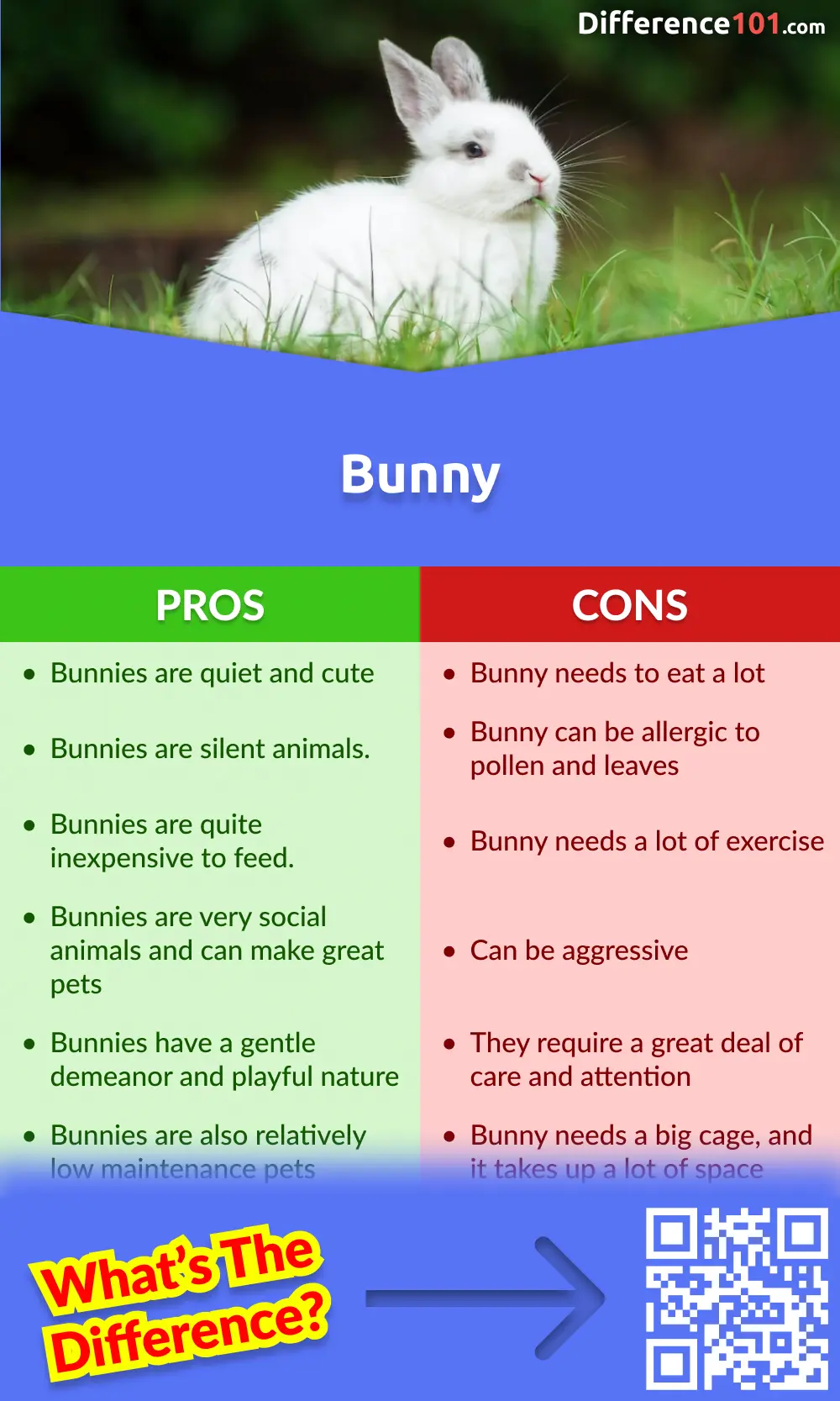
- Mini Lop
- Advantage: Mini Lops are very friendly and social, making them a great pet for families.
- Disadvantage: They can be a bit nippy, so they are not recommended for young children.
- Himalayan
- Advantage: The Himalayan is a very calm and gentle breed, making them great for first-time rabbit owners.
- Disadvantage: They do require a lot of grooming to keep their long fur looking neat.
- Dutch
- Advantage: The Dutch breed is very energetic and intelligent, making them great pets for active households.
- Disadvantage: They require a lot of space to run and play, so they may not be suitable for small homes.
- Lionhead
- Advantage: The Lionhead breed is very docile and affectionate, making them a great pet for families.
- Disadvantage: They are prone to developing dental problems if not fed a proper diet.
- Angora
- Advantage: Angoras have a beautiful long coat that requires minimal grooming.
- Disadvantage: They are prone to developing mats if not brushed and groomed regularly.
Rabbit breeds come in all shapes and sizes, and each has its own unique set of advantages and disadvantages. Mini Lops are friendly and social, but can be nippy, while Himalayans are calm and gentle, but require a lot of grooming. Dutch rabbits are energetic and intelligent, but need a lot of space, while Lionheads are docile and affectionate, but prone to dental problems. Finally, Angoras have a beautiful long coat, but require regular grooming to avoid mats. When choosing a rabbit breed, it is important to consider all of the advantages and disadvantages to ensure that the breed is a good fit for your lifestyle and home.
Common Health Issues for Different Rabbit Breeds
When researching rabbit breed sizes, it is important to understand common health issues associated with different breeds. While many of the same health issues may occur in any breed, some may be more prone to certain conditions due to their size. Rabbit breed size chart can be used as a guide to determine breed size and potential health risks.
Small Rabbit Breeds such as Netherland Dwarfs, Mini Lops, and Holland Lops, are prone to dental issues. Because of their small bodies and mouths, their teeth may not grow in the right direction or may not be able to be kept at the proper length due to overcrowding. This can lead to painful dental abscesses.
Medium Rabbit Breeds such as New Zealands, Californians, and Dutch, are more prone to respiratory issues. This is due to their medium size, which can make them more susceptible to changes in temperature and humidity. In addition, they may be more prone to fur mites and ear mites, which can cause inflammation of the skin and ears.
Large Rabbit Breeds such as Flemish Giants, Checkered Giants, and Giant Chinchillas, are more prone to joint and muscle issues. Due to their large size, they may be more likely to have difficulty moving and may be more prone to sprains and strains. Additionally, they may be more prone to digestive issues, such as bloating and gas, due to their increased size.
No matter what breed of rabbit you have, it is important to be aware of potential health issues and to provide your rabbit with proper care. Regular vet check-ups and proper diet are essential to keeping your rabbit healthy and happy. With the right care, your rabbit will be able to live a long and healthy life.
Frequently Asked Questions
What are the Most Popular Rabbit Breeds?
The most popular rabbit breeds include the Mini-Lop, Dwarf Hotot, Holland Lop, Netherland Dwarf, Lionhead, American Fuzzy Lop, Jersey Wooly, and the Mini Rex. These breeds come in a variety of colors and sizes, and are known for their friendly and gentle personalities. Mini-Lops are known for their floppy ears and compact size, while Dwarf Hotots have distinctive white circles around their eyes. Holland Lops are known for their small size, while Netherland Dwarfs are known for their intelligence and docile nature. Lionheads are known for their long fur and their friendly personalities, while American Fuzzy Lops are known for their dense fur and playful nature. Jersey Woolies are known for their cuddly size, while Mini Rexes are known for their soft fur and calm temperaments.
What Size of Rabbit is Best for a Pet?
Small Breeds:
- Mini Rex: A small breed, with a maximum weight of 4 lbs.
- Holland Lop: This breed typically weighs 3-4 lbs.
- Netherland Dwarf: This breed only weighs 2-3 lbs.
Medium Breeds:
- Flemish Giant: This breed can weigh up to 20 lbs.
- Silver Fox: This breed typically weighs 10-12 lbs.
- Chinchilla: This breed weighs around 8-10 lbs.
Which Size is Best for a Pet?
Small to medium-sized breeds tend to be best for pets, as they are easier to handle. Mini Rex, Holland Lop, Netherland Dwarf, Chinchilla, and Silver Fox are good choices for pet rabbits. If you are looking for a larger breed, Flemish Giant may be a good option. However, these rabbits require more space.
How can I tell the difference between different sized rabbit breeds?
Size: Different rabbit breeds can vary greatly in size, from the tiny Netherland Dwarf weighing in at just 1.1 kg, to the larger Continental Giant weighing up to 9 kg. To tell one breed from another, look at the size of the rabbit. A large rabbit will be obviously larger than a smaller one.
Shape: The shape of the body can also help distinguish breeds. The French Lop has a large, deep body with a broad head, whereas the Dutch has a more upright body with a more pointed face.
Ears: The length of the ears can be a clue as to the breed of a rabbit. Breeds such as the Mini Lop and the English Lop have long, floppy ears, while the Netherland Dwarf has small, upright ears.
Fur: Different breeds can have different fur textures and colors. The Rex breed has a velvety, dense coat, while the Angora rabbit has a silky, fine coat. The colors can range from white, brown, black, and gray to more exotic colors like blue and lilac.
Behavior: Rabbits of different breeds can have different personalities. The Giant Flemish is known for its calm and gentle nature, while the Mini Rex is known for its curious and active personality.
Are there any special considerations to keep in mind when selecting a rabbit breed based on size?
When choosing a rabbit breed based on size, you should consider the living space you have available, the amount of time you can dedicate to care, and the level of grooming required. Larger breeds tend to have a higher energy level and require more space, while smaller breeds generally have a lower energy level and require less space. Additionally, the size of the breed may affect the cost of food and supplies, as well as the amount of time required for daily grooming.
Are there any health concerns associated with certain sized rabbits?
Due to their small size, dwarf and toy breeds are prone to developing dental problems and spinal issues. Larger breeds, such as Flemish Giants, may be more prone to joint and foot problems due to their weight. In all cases, it is important to provide your pet with a nutritious diet and regular vet checkups to monitor their health.
Conclusion
Rabbit breeds come in a variety of sizes, from small to large, each with their own unique characteristics. When selecting a breed, it is important to consider factors such as grooming needs, activity level, and size. Regardless of the breed chosen, rabbits make wonderful companions and bring joy and fun to any home.
